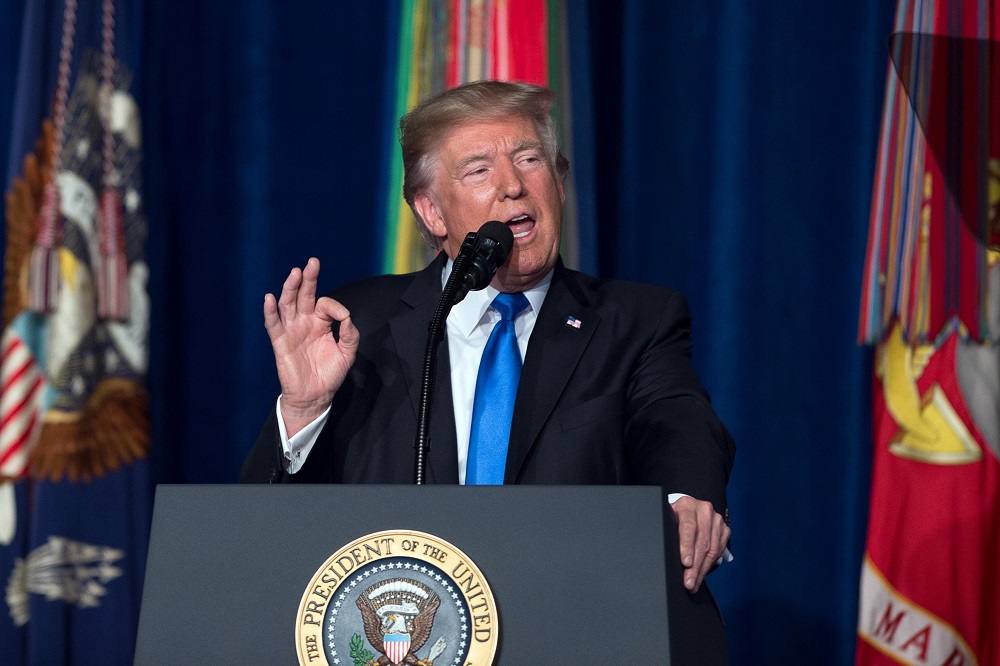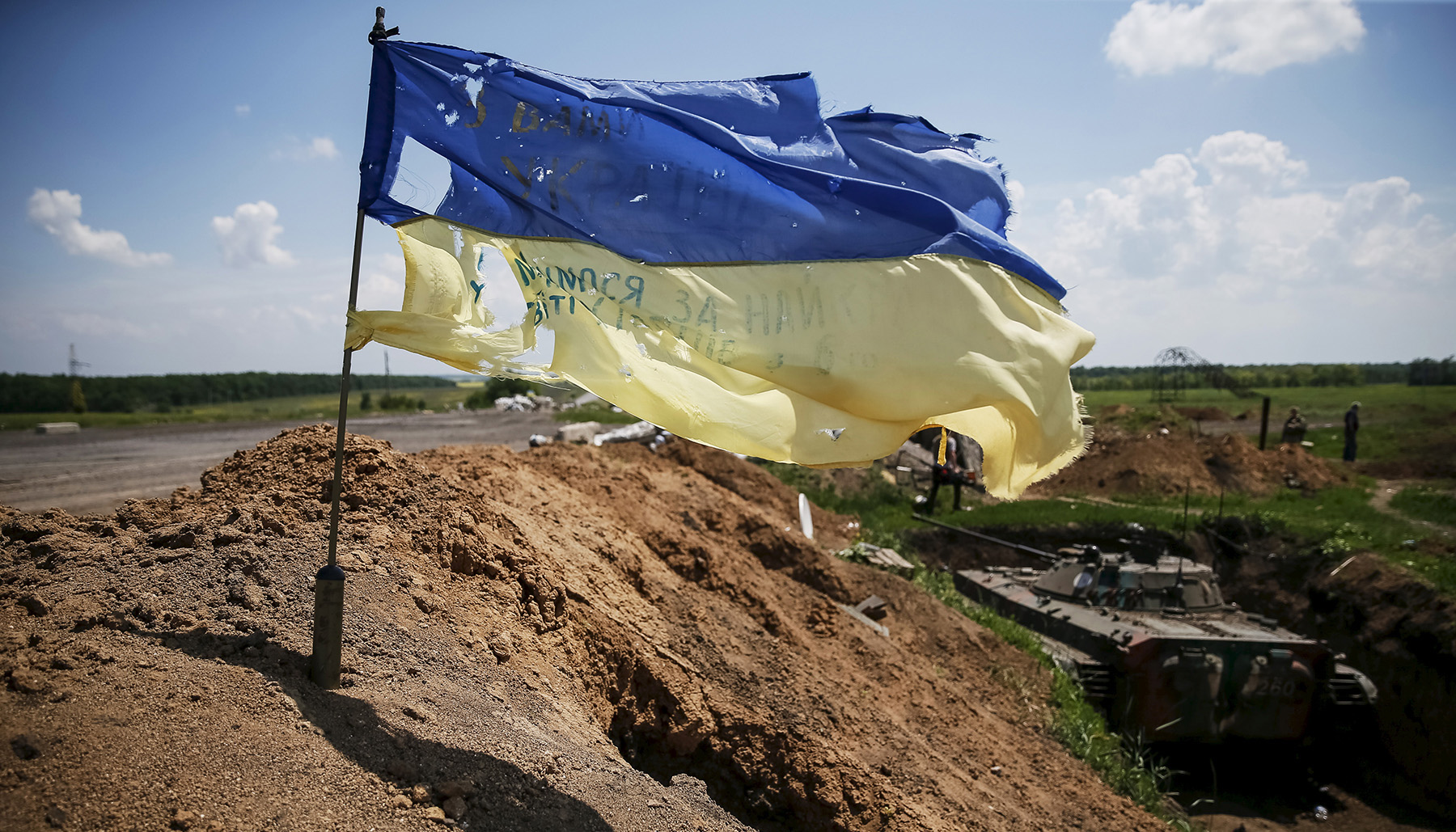U.S. Foreign Policy toward East Asia and U.S. Global Leadership under Donald Trump
As Donald Trump gets into the first six months of his presidency, a big picture of the Trump administration's grand strategy is still unclear in many dimensions. This study primarily examines U.S. foreign policy toward East Asia and goes on to evaluate the Trump administration's international leadership. I find that U.S. attitudes under President Trump look like quite different from issue to issue. To some extent, on East Asia security issues, Washington appears to be tough on its rivals. The Trump administration still preserves its ambition and commitment to stability in the region by strengthening cooperation with its allies (Japan and South Korea) and partner (India). However, China and North Korea raise difficulties for the United States. In contrast, on regional economic integration and global climate change, Trump has withdrawn from the programs his predecessor worked on before, including the Trans-Pacific Partnership and the Paris Agreement. Not only does the international society disapprove of President Trump's decision, but also most American people disagree with the U.S. stepping back from international accords. At the moment, "America in retrogress and China in progress" might accelerate a real reconstruction of world order. The Trump administration needs to reach a balance between free-unfair trade (globalization) and free-fair trade (protectionism) for the nation to continue its leadership in the international economy.


